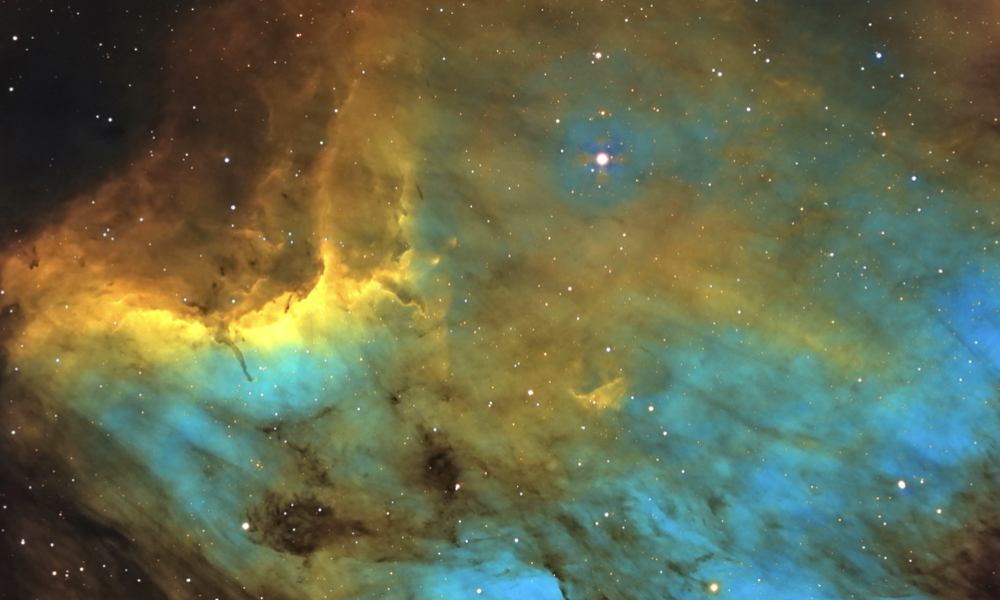
ESA Open Invitation to Tender: 1-10624
Open Date: 20/09/2021 14:26 CEST
Closing Date: 06/12/2021 13:00 CEST
Objective: The objective of the activity is to carry out a high data rate (100 Gbps) terrestrial free space optical (FSO) communications experiment leveraging on off-the shelf fiber optical transceivers. The channel conditions of the experiment shall be representative of LEO direct-to-Earth (DTE) optical communication links. The FSO experiment shall be an enabler of a new architecture for the LEO data delivery problem that is capable of transferring multiple terabytes per day from a low-size, weight and power (SWaP) space terminal to a small, low-cost ground terminal. To address the atmospheric fading, the activity shall develop digital signal processing blocks that shall interface the commercial optical transceivers in order to achieve the necessary temporal diversity (such as retransmission protocols or long channel inter leavers) for a high performance high data rate LEO-DTE optical link. Targeted Improvements:a) Performance improvement by allowing a high end LEO platform transmit multiple terabytes per day.b) Allow Gbps download capability from a low SWaP CubeSat.c) Creation of a new market for terrestrial fibre optical transceivers (spin-in).Description: An area of significant interest for applying optical communications is high rate telemetry downlinks from low Earth orbit (LEO) satellites direct to Earth (DTE) for both institutional (Earth Observation) and commercial (telecom constellations) missions. This scenario is currently being standardized by CCSDS and referred to as optical on-off keying (O3K) with target channel data rates ranging from a few Mbps to 10 Gbps and is focusing on low cost, low complexity type of systems. However, both multiple instruments which may take measurements on multiple frequency channels as well as single-instrument satellites can also generate hefty data volumes. Even CubeSat-scale satellites can carry sensor payloads that would generate enormous data volumes, were they not forced to implement substantial on-board processing for data compression. However, optical LEO-DTE links are severely limited due to a) limited contact time, b)cloud blockage and c) harsh atmospheric fading at low elevation angle, which are all factors limiting the available time for communications to ground. Therefore, for optical LEO-DTE to exploit these narrow communication windows and be competitive to evolving RF systems, the data rate of optical LEO-DTE need to be boosted at least an order of magnitude. Since the development of a space-grade optical transmitter and its pairing optical receiver on ground requires lengthy development cycles, a practical approach to reach a high data rate optical LEO-DTE transmitter and receiver units is to directly leverage on transceivers available off-the shelf for terrestrial fibre optical communications, such as the C form-factor pluggable (CFP) Digital Coherent Optical (DCO) Product Families. This example is also adopted in NASA’s Terabyte Infrared Delivery (TBIRD) program. However, because these CFP units are designed to withstand channel conditions encountered in optical fibres, they cannot cope with the atmospheric impairments of FSO links, particularly the slow fading process, nor with Doppler shifts. The present activity shall analyse and demonstrate in the field via an FSO experiment a 100 Gbps CFP transceiver over atmospheric turbulence conditions that are representative (or worse) of those encountered in LEO-DTE. In order to overcome the slow fading, an appropriate DSP block shall be developed to interface the transmitter and receiver side the COTS CFP in order to achieve the necessary temporal diversity. The DSP block shall realize a retransmission protocol (such as the CCSDS CFDP Class 2) where the receiver acting out the ground terminal informs the transmitter acting out the space terminal which data frames were correctly received so that it knows which frames need to be retransmitted. The DSP (FPGA) is used to handle the various high-speed interfaces involved in the space terminal and implements the high-rate data frame processing required by the retransmission protocol.
Estabilishment: ESTEC
ECOS Required: No
Classified: No
Price Range: > 500 KEURO
Authorised Contact Person: Nathalie Dorval
Initiating Service: TIA-TIS
IP Measure: N/A
Prog. Reference: E/0534-05A – OP-Other Act. Prod.
Tender Type: Open Competition
Open To Tenderers From: AT+BE+CA+CH+CZ+DE+DK+EL+ES+FR+GB+HU+IE+IT+LU+NL+NO+PL+PT+RO+SE
Technology Keywords: 17-C-II-Micro- & Nano-Photonics
Products Keywords: 2-G-1.1-b-Electronics (elector-optic modules)
If you wish to access the documents related to the Invitation to Tender, you have to log in to the ESA Portal.
